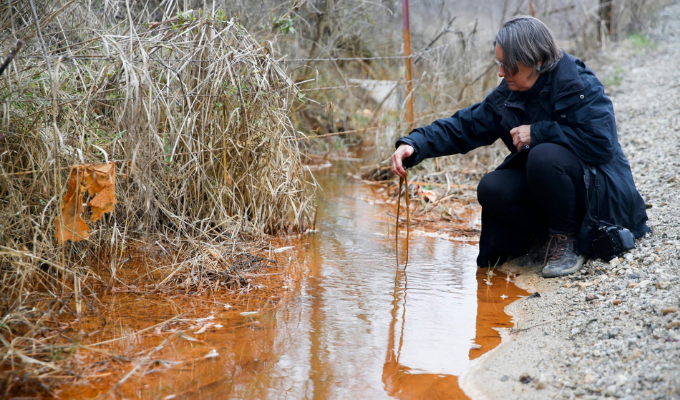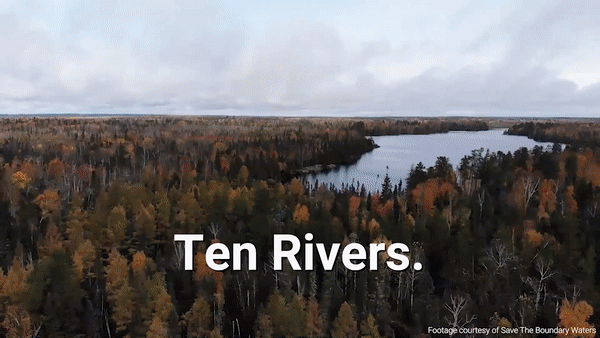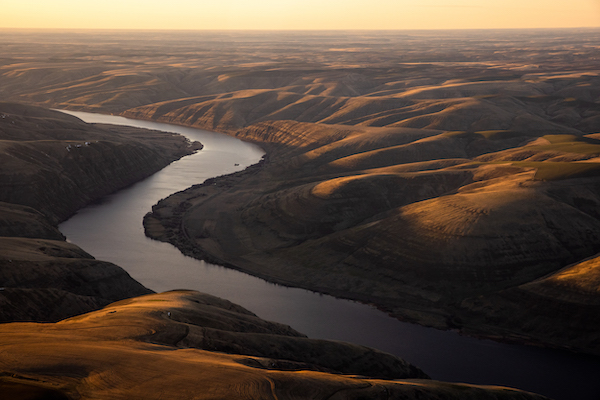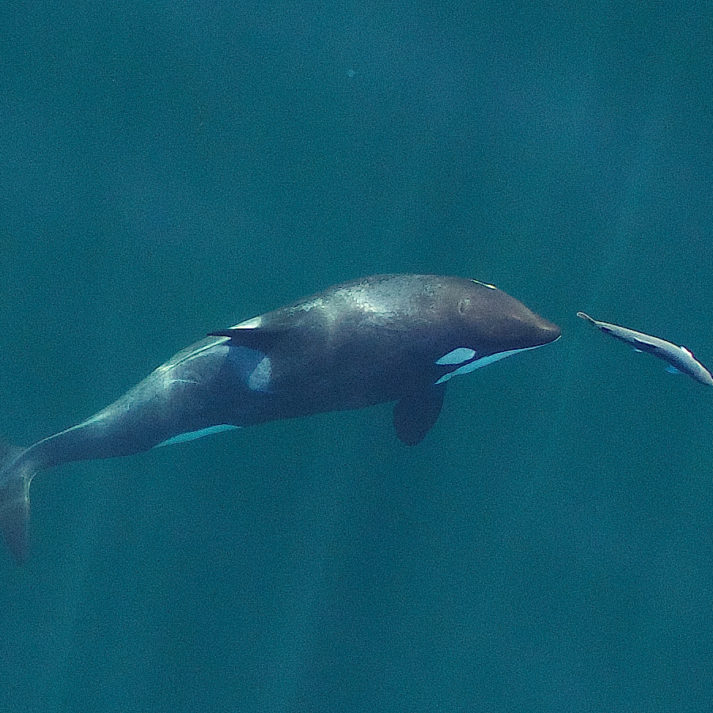2021 Most Endangered Rivers list highlights need for environmental justice

The threats facing America’s Most Endangered Rivers® of 2021 aren’t just threats to rivers and the environment. They are threats to people – to human health, safety and survival.
On Georgia’s South River (#4), predominantly Black neighborhoods are disproportionately impacted by sewage pollution. On New Mexico’s Pecos River (#5), Indigenous and Latino communities would be some of the hardest hit by pollution from a proposed mine. And on Mississippi’s Turkey Creek (#10), flooding and poorly planned development are putting historic communities at risk.

For 36 years, the America’s Most Endangered Rivers report has sounded the alarm about rivers facing urgent threats, spotlighting critical upcoming decisions and mobilizing public action. This year’s list is so important because it highlights the interconnected challenges of environmental injustice and climate change, and amplifies frontline leaders’ calls for solutions.
From the toxic pollution creating health concerns along Oklahoma’s Tar Creek (#6), to California’s McCloud River (#7) where raising the height of a dam would drown sacred sites, time and again it is Indigenous, Black, and Latino communities who are forced to bear the brunt of river degradation. On each of the ten rivers, our local partners have identified a specific action that would be a step toward river health, and a step toward justice. Now is the time to act.
No river in the country is more in need of bold, swift action than the Pacific Northwest’s Snake River. For years, Northwest tribes and local leaders have called for more effective efforts to save endangered salmon. Now, after decades of delay and half-measures by the federal government, salmon are slipping closer to extinction. The loss of salmon runs is not only a crisis for the ecosystem, it is a crisis for Indigenous people who depend on these iconic fish for their identity and culture.
“Salmon are critical to the cultural lifeways of Columbia-Snake River Basin tribes, like my own people of the Confederated Tribes of Warm Springs, Oregon, and are integral to regional identity, economies, and even the orcas and the Puget Sound,” says Alyssa Macy, CEO of Washington Environmental Council / Washington Conservation Voters.
Climate change is making the need for action on the Snake River more urgent. As temperatures rise, the river’s water is heating up. If salmon are to survive in a warming world, they need the refuge of the Snake River basin’s cold, pristine mountain streams. Scientists say removing the four federal dams on the lower Snake River must be part of any strategy to recover Snake River salmon.
“Removal of the four dams is a once-in-a-lifetime opportunity for salmon restoration that will benefit Tribal Nations, local economies, environmental ecosystems, and the Southern Resident Orca population for generations to come,” Macy says.
It is time for Northwest leaders to advance a salmon recovery solution that restores a free-flowing lower Snake, honors treaties, invests in clean energy and vital infrastructure and creates economic opportunity regionwide. We can work together to achieve the biggest river and salmon restoration effort the world has ever seen. At American Rivers, we’re committed to making big, lasting solutions happen on the Snake River and I am asking you to add your voice in support.
If we are to save the Snake River and all of America’s Most Endangered Rivers of 2021, we must prioritize justice. At American Rivers, we are working to realize a future of clean water and healthy rivers everywhere, for everyone. That won’t be possible unless we dismantle longstanding injustices that prevent Indigenous, Black and Latino communities from accessing and enjoying clean water and healthy rivers. These same communities that are disproportionately impacted by climate change and environmental degradation are spearheading efforts to protect their rivers and shore up their rights. We honor their leadership.
As John Kerry, Special Presidential Envoy for Climate, says in our America’s Most Endangered Rivers announcement event, “The truth is, so much of the work that we need to do to address environmental challenges actually happens not internationally but happens in much smaller communities, in states and cities and towns…We are all in this together.”
So please, support the local advocates and frontline leaders working to protect America’s Most Endangered Rivers of 2021. Year after year, success after success, we’ve proven that this spotlight makes a difference. Your voices matter. You can save a river.
AMERICA’S MOST ENDANGERED RIVERS® OF 2021
#1: Snake River (ID, WA, OR)
Threat: Four federal dams on the lower Snake River
#2: Lower Missouri River (MO, IA, NE, KS)
Threat: Outdated river management and flooding fueled by climate change
#3: Boundary Waters (MN)
Threat: Pollution from proposed sulfide-ore copper mining
#4: South River (GA)
Threat: Sewage pollution due to lax enforcement
#5: Pecos River (NM)
Threat: Pollution from proposed gold, copper and zinc mining
#6: Tar Creek (OK)
Threat: Pollution from Tar Creek Superfund Site
#7: McCloud River (CA)
Threat: Raising of Shasta Dam, flooding state Wild and Scenic River
#8: Ipswich River (MA)
Threat: Excessive water withdrawals
#9: Raccoon River (IA)
Threat: Pollution from industrial agriculture and factory farming
#10: Turkey Creek (MS)
Threat: Two major developments exacerbating flood risk
The post 2021 Most Endangered Rivers list highlights need for environmental justice appeared first on American Rivers.


